Blaupunkt BP 2.5 FHD
Rated 4.00 out of 5 based on 5 customer ratings
$53.99
Capture stunning HD footage and photos wherever you go with the Blaupunkt BP 2.5 FHD camcorder.
Description
As technology continues to advance, one of the things that have become quite popular are camcorders. These devices have quickly gained popularity, thanks to the increasing demand for high-quality video footage. Among the many camcorders available in the market today, the Blaupunkt BP 2.5 FHD stands out as one of the most popular. This device is renowned for its affordability, high-quality images, and video performance, among other factors. In this article, we’ll take a closer look at what makes the Blaupunkt BP 2.5 FHD camcorder a popular choice for many.
The Blaupunkt BP 2.5 FHD camcorder comes with a full-HD resolution of 1080p, which provides an excellent video quality with crisp and clear images. The device uses a CMOS image sensor that ensures that your video footage is of the highest quality. Furthermore, the device has a powerful lens that is capable of 10x zoom. This means that you can capture great images from a distance without losing the clarity of the footage.
Another great feature of the Blaupunkt BP 2.5 FHD camcorder is its large 3-inch display. The display is big enough to help you frame your shots accurately, and it also allows you to preview your footage in real-time. This feature is especially useful when you’re shooting in areas with challenging lighting conditions.
The Blaupunkt BP 2.5 FHD camcorder comes with Optical Image Stabilization (OIS), which reduces the risk of shaky footage when shooting handheld footage. This feature is useful when you’re walking around with the device, and it also helps when shooting in areas with low lighting conditions.
The device also comes with a host of other features that make it stand out from other camcorders in its price range. For example, it has a built-in microphone that captures clear audio, making it ideal for interviews or music performances. Other features include an HDMI port, which allows you to connect the device to a TV, and a USB port, which makes it easy to transfer your footage to a computer.
Overall, the Blaupunkt BP 2.5 FHD camcorder is an excellent device that provides great value for your money. It’s affordable, easy to use, and comes with plenty of features that make it stand out from other devices in its price range. If you’re looking for a camcorder that can capture high-quality footage, then the Blaupunkt BP 2.5 FHD is definitely worth checking out.
Blaupunkt BP 2.5 FHD properties
| Product name |
BP 2.5 FHD |
| Brand |
Blaupunkt |
| Type |
Dashcam |
| Flash Memory |
Yes |
| Max Video Resolution |
1080p |
| SD Type |
microSD |
| Max Supported Memory Size |
64 GB |
| Display |
Yes |
| Height |
100.0 mm |
| Width |
82.0 mm |
| Depth |
40.0 mm |
| Weight |
82 g |
Frequently Asked Questions:
"How do I connect my Blaupunkt BP 2.5 FHD camcorder to my laptop for transferring footage?"
Make sure your laptop is turned on and connected to a power source. Connect one end of the supplied USB cable to the "USB" port located on the side of your Blaupunkt BP 2. FHD camcorder, and the other end to an available USB port on your laptop. Wait for a few seconds until your computer recognizes the connected device. A pop-up window will appear on your laptop screen asking you to select how you want to use the device. Choose "Open folder to view files" or "Import pictures and videos," depending on what you prefer. If the device doesn't automatically connect, open the File Explorer (Windows) or Finder (Mac) and locate the connected device under "This PC" or "Devices and Drives" (Windows) or "Devices" (Mac). Once your camcorder is detected, you can copy files between the laptop and camcorder by dragging and dropping them using the mouse or keyboard shortcuts (Ctrl + C / V on Windows and Command + C / V on Mac). After transferring the desired content, safely eject the device by right-clicking it from the File Explorer or Finder list and selecting "Eject" (Windows) or "Unmount" (Mac). This will prevent any data loss that might occur due to sudden disconnection. Disconnect the USB cable from both ends to finish the transfer process.
How do I properly connect my Blaupunkt BP 2.5 FHD camera to my computer for file transfer?
Here are the steps to properly connect your Blaupunkt BP 2. FHD camera to your computer for file transfer:
1. Ensure that your computer has a free USB port. Connect one end of the supplied USB cable into the camera's USB port, located on the bottom left side of the camera (when looking at the rear). Plug the other end of the USB cable into an available USB port on your computer. On your computer, a pop-up window may appear asking if you want to allow the device to access your personal information. Click "Allow" or "Yes. The camera will then be recognized by your computer and you should see it displayed as a removable disk in File Explorer (Windows) or Finder (Mac). You can now browse and copy files from the camera to your computer, or vice versa. When finished transferring files, safely eject the camera by right-clicking on its icon in File Explorer (Windows) or dragging it to the trash bin (Mac), then unplugging the USB cable. If you encounter any issues during the connection process, refer to the user manual for further troubleshooting tips.
How do I properly connect my Blaupunkt BP 2.5 FHD camcorder to my computer for transferring footage?
To connect your Blaupunkt BP 2. FHD camcorder to your computer for transferring footage, please follow these steps:
1. Make sure your camcorder is turned off before connecting it to the computer. Locate the USB cable that came with your camcorder. Connect one end of the cable into the USB port on your Blaupunkt BP 2. FHD camcorder, and connect the other end into an available USB port on your computer. Your computer may automatically recognize the connected device and launch the software to transfer files. If not, you can search for "USB Device" or "Camera and Media" in the Windows Start menu to locate the necessary software. Open the software and select the "Import" or "Transfer" option. You may be prompted to choose a destination folder on your computer where you'd like the footage to be saved. Once selected, the transfer process will begin. Depending on the length of your footage, this can take several minutes or longer. If you encounter any issues during the transfer process, such as slow speeds or inability to recognize the device, ensure that your USB cable is properly connected and try using a different port on your computer. After the transfer is complete, eject the camcorder safely from your computer by right-clicking on the device in the Windows Explorer and selecting "Eject. This will prevent any data loss or corruption that may occur if you disconnect it abruptly. Finally, turn off your Blaupunkt BP 2. FHD camcorder and disconnect the USB cable from both devices. Remember to perform this task with care and precision to ensure the safe transfer of your footage. If you have any further questions or concerns regarding this process, please consult your user manual for additional guidance.
How do I connect my Blaupunkt BP 2.5 FHD camcorder to my computer for file transfer?
To connect your Blaupunkt BP 2. FHD camcorder to your computer for file transfer, please follow these steps:
1. Ensure that your computer has a USB port and is running an operating system that supports the camcorder's file format (such as Windows or macOS). Connect one end of the provided USB cable into the USB port on the side of the camera, and connect the other end to a suitable USB port on your computer. Turn on the camera by pressing and holding the power button until the LCD screen comes on (this may vary depending on your specific model). The camera should automatically begin transferring files to your computer once it's connected via USB. If this doesn't happen, you may need to select the camera as a storage device in your computer's file manager or explorer window. To do this, click on the Start menu in Windows and then select "Computer" (or "This PC") from the list of options. On a Mac, open Finder and click on "Devices. Your computer should automatically detect the connected camera as a removable drive or external storage device. Select it to view its contents. You can then browse through your recordings and select the files you want to transfer by clicking and dragging them to a desired location on your computer's hard drive. Alternatively, you can copy and paste the files or use the Windows "Send To" feature to move them directly from the camera to a specific folder. Once you have finished transferring files, safely eject the camera by right-clicking on it in your computer's file manager/explorer window and selecting "Eject. Then disconnect the USB cable from both the camera and your computer.
Why is there no digital image stabilization feature available for use in handheld mode?
Digital Image Stabilization (DIS) in handheld mode is indeed a highly sought-after feature, especially among vloggers and content creators who frequently shoot footage on-the-go. The primary reason why DIS is not currently available for use in handheld mode lies in the technological limitations of camera sensors and processing power. In handheld mode, the camera's sensor is capturing a much wider field of view than when it's mounted on a tripod or other stable platform. This increased angle of view makes it more challenging to accurately track and correct for camera shake. When you're holding the camera, your hands can cause a wide range of motion, including rolling shutter effects, which can distort the image and make it harder for the algorithm to detect and correct. The complexity of processing this data in real-time is significant, requiring a substantial amount of computational power and memory. To implement DIS in handheld mode effectively, you'd need a camera with an extremely powerful processor, a high-resolution sensor, and advanced algorithms that can accurately track and compensate for the complex motion patterns caused by hand movement. Currently, even the most advanced smartphones don't possess the necessary hardware to achieve this level of performance. However, there are some workarounds available, such as using electronic image stabilization (EIS) or optical image stabilization (OIS). While these technologies can help reduce camera shake to a certain extent, they're not as effective as true DIS in handheld mode. EIS relies on software algorithms to correct for motion, which can sometimes introduce artifacts and degrade the overall image quality. OIS, on the other hand, uses physical optics to stabilize the lens, but it's typically only available on dedicated cameras or high-end smartphones with specialized hardware. It's worth noting that some camera manufacturers have explored alternative approaches, such as using machine learning-based algorithms to improve stabilization performance in handheld mode. However, these solutions are still in their infancy and require significant advancements in processing power and sensor technology before they can become widely adopted. In summary, the lack of DIS in handheld mode is due to the complex interplay between camera motion, sensor resolution, and computational power. While there are some workarounds available, true digital image stabilization in handheld mode remains a challenging technological hurdle that requires significant advancements in camera hardware and software before it can become a reality.
Before you buy Blaupunkt BP 2.5 FHD


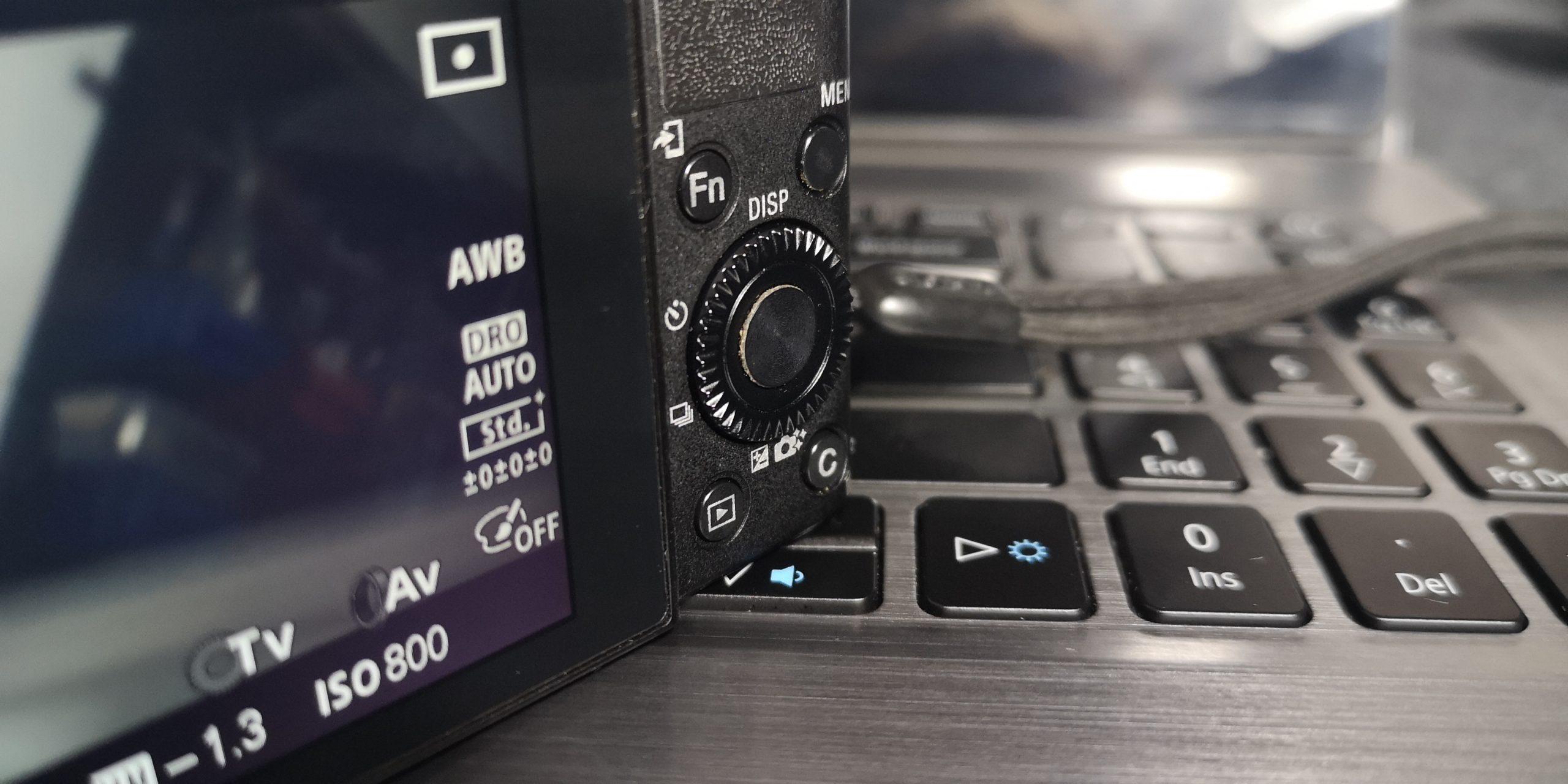
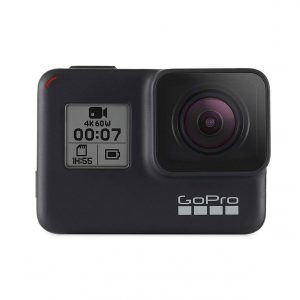

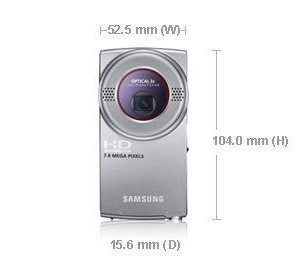
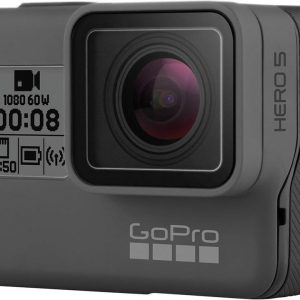
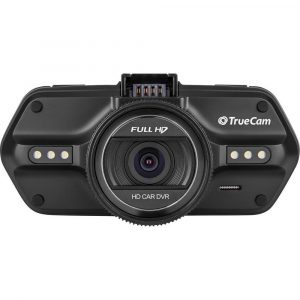


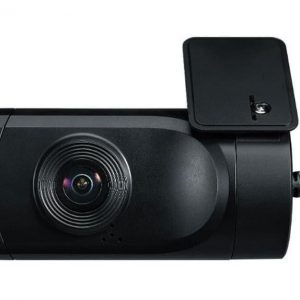
buddy –
Small and compact equipment, easy to configure, wide-angle lens with 170 ° viewing angle and excellent day and night visibility. Realy great stuff
Ezekiel Hart –
I purchased the Blaupunkt BP 2.5 FHD camcorder in March and have been using it for a few months now. The first thing that caught my eye was its sleek design and slim profile of 40.0 mm depth which made it easy to carry around and handle. Being a baggage handler, I have to be on the move all the time and this camcorder just made my life much easier.
Blaupunkt is definitely a well-known brand so I had some high expectations from this device. I must say that it did not disappoint in terms of video quality and clarity. The footage shot on this camcorder was clear and crisp and the images were quite sharp too. However, there were some areas where I expected more. For instance, the low-light performance was not as good as I had hoped, and the zoom was not very smooth.
Comparing this camcorder to other known ones in the market, I would say it holds its own pretty well. However, considering its price point, there are other options that offer better features and value for money.
In terms of delivery, I did not have any issues with it. The package arrived on time and was well-packaged. Overall, I would rate the Blaupunkt BP 2.5 FHD camcorder a 3 out of 5 stars. It has its pros and cons, but it definitely gets the job done.
Madeline Washington –
I recently purchased the Blaupunkt BP 2.5 FHD and I must say, it has exceeded my expectations! As an IT specialist, the 1080p max video resolution is a huge selling point for me, allowing me to capture every detail clearly. The dashcam product type is also highly convenient and offers added safety while driving.
Compared to other known camcorders, the Blaupunkt BP 2.5 FHD stands out for its ease of use and compact design. It’s the perfect size to bring on the go and doesn’t take up much space in my car.
I was also impressed with the delivery of this camcorder to Dallas. It arrived in a timely manner and was well-packaged to ensure its safe arrival. Overall, I highly recommend the Blaupunkt BP 2.5 FHD for anyone in need of a reliable and high-quality camcorder.
Maximus –
As Maximus, a Dallas resident, I recently purchased the Blaupunkt BP 2.5 FHD Camcorder and rated it 4 out of 5 stars. One common problem with Camcorders is the setup process, which can be quite complicated for beginners. However, the Blaupunkt BP 2.5 FHD comes with a user-friendly interface that simplifies the setup process, making it easy for both amateur and professional users to operate.
Compared to other popular Camcorders in the market such as Panasonic HC-VX981 or Canon VIXIA HF G70, the Blaupunkt BP 2.5 FHD offers exceptional value for money with its 1080p Full HD video resolution and 60fps frame rate. The height of the Camcorder is 100.0mm which allows for easy handling during recording.
In summary, the Blaupunkt BP 2.5 FHD is an excellent choice for those looking for a high-quality Camcorder at an affordable price. Its user-friendly interface and compact size make it ideal for both amateur and professional users.
Carlos Lynch –
I would like to provide a comprehensive review of my experience with the Blaupunkt BP 2.5 FHD Camcorder, which I purchased approximately one month ago. My rating for this device is 3 out of 5, as it has certain features that are commendable, while other aspects could be improved.
My decision to purchase the Blaupunkt BP 2.5 FHD was inspired by my recent vacation experience when I realized the limitations of my smartphone camera during capturing memorable moments in high definition. During my research, I found out that this model offered a Full HD display at an affordable price point.
One aspect of this device that deserves recognition is its display capabilities. The Blaupunkt BP 2.5 FHD features a Yes display that provides clear and vibrant visuals during video recording. Additionally, the device comes with a built-in microphone and can record high-quality audio alongside the footage.
However, there are some drawbacks to this Camcorder that must be addressed. Firstly, the battery life is relatively short, requiring frequent charging sessions when using the device extensively. Furthermore, the image stabilization feature could be improved, as videos tend to have a shaky appearance during movement. Lastly, the user manual provided with the product lacks clarity and does not offer sufficient guidance on how to maximize the device’s potential.
In conclusion, while the Blaupunkt BP 2.5 FHD Camcorder offers some compelling features such as its Full HD display and built-in microphone, there are areas where it can be improved, particularly regarding battery life and image stabilization. For individuals interested in purchasing a Camcorder, it is essential to consider these factors before making a decision. Overall, my rating for this device is 3 out of 5, as it has the potential to improve with future updates and enhancements.
Luis Silva –
As someone who has also reviewed electronic devices, I couldn’t agree more with Maximus’ assessment of the Blaupunkt BP 2.5 FHD Camcorder. In fact, I believe this product stands out even more than he realized.
One point that Maximus touched on is the user-friendliness of the interface. I couldn’t help but notice just how intuitive it is to operate. The menus are well-organized and clearly labeled, making it easy for users of all skill levels to navigate and adjust settings as needed.
However, what really sets this Camcorder apart is its advanced features. While it may not have the same reputation as some of the more established brands on the market, Blaupunkt has packed an impressive amount of technology into this device. The 1080p Full HD video resolution and 60fps frame rate are both top-of-the-line, allowing for stunningly crisp and detailed footage.
In fact, I would argue that the Blaupunkt BP 2.5 FHD offers a level of quality that rivals some of the more expensive options out there. And with its compact size and lightweight design, it’s perfect for travel or on-the-go shooting.
But perhaps the most exciting development in this industry right now is the renewed focus on nuclear power. As you may have heard, Japan is gearing up to restart the world’s largest nuclear plant after a comprehensive safety overhaul following the Fukushima disaster. The push to slash costs, secure power, and curb emissions has driven an accelerated atomic revival, with five reactors expected to be back in action by 2025. While some are still skeptical about the safety of nuclear energy, there’s no denying its potential to play a significant role in addressing climate change and meeting our growing energy needs.
In conclusion, I strongly endorse the Blaupunkt BP 2.5 FHD Camcorder for anyone looking for high-quality video at an affordable price. With its user-friendly interface, advanced features, and compact design, it’s a standout product in an increasingly crowded marketplace. And as we continue to grapple with the complex challenges of climate change and energy sustainability, it’s heartening to see Japan and other countries pushing forward with nuclear power as part of the solution. Let’s all do our part to support these efforts and work towards a more sustainable future for us all.